
Vice president and regional general counsel Americas and EMEA | Align Technology




Fleur Herrenschmidt
Vice president and regional general counsel Americas and EMEA | Align Technology
How do you approach managing legal aspects during periods of instability or crises, and how does your legal strategy align with the broader business strategy to ensure the organisation’s resilience?
Instability and crisis are typically the moments where lawyers are expected, more than at any other time, to be cool-headed, composed, and the voice of reason that does not get carried away into speculation or emotional overreaction.
I believe managing a crisis requires two essential sets of skills: The first is communication; the bigger the crisis, the calmer and clearer a lawyer needs to be. You do not want anyone in panic mode, nor do you want to overreact. It is essential in those moments to communicate clearly, be straight to the point, distinguish facts from speculation, manage expectations, but also be very thoughtful about managing people around you.
There is a natural tendency in a crisis to become over-controlling with your teams, but this has the opposite effect: people feel disengaged and do not take ownership. After all, why would you want to be held accountable when risk is at its highest and at the same time you feel disempowered? Crisis is when you need your teams to step up, and in order for them to do that, you need to empower them, guide them, and ensure they feel you have their backs covered. Show them you believe in their ability to manage the crisis and make space for them to do so. In the same manner, you need to acknowledge and understand the pressure your business partners will feel subjected to and be empathetic to that.
The second skill is strategic thinking. During a crisis, focus tends to become very short term, but it is essential to keep a clear ‘north star’, remember where you want to be heading after the storm, manage the immediate crisis while ensuring damage control, not creating future risks. It is essential to stay focused on what really matters, identify the ‘non-negotiables’ where no shortcuts will be tolerated, as opposed to the ‘nice-to-haves’ which can be worked around if needed. Protecting your company’s reputation in the mid and long term is essential, and this is when it can be put to the test. Periods of instability and crises are the moments where it becomes essential to be focused, purpose-driven, and do ‘what’s right’.
This strategic thinking is also essential both pre and post-crisis. Pre-crisis, because the best way to manage a crisis will always be to have prepared for it. When people are prepared and you have a strong crisis management process in place, everything can run more smoothly: you have the right people, in the right place, doing the right thing, at the right time. The most obvious example is dawn-raid preparedness. Post-crisis, because it is essential to continue to life-cycle measures taken during a crisis or time of uncertainty, once circumstances have changed back to normal (or to a new normal). Temporary should not be left to become permanent without redoing a risk-benefit analysis.
How do you prioritise diversity and inclusion within your legal department, and what initiatives have you implemented to foster a more inclusive and equitable work environment?
Before looking at ‘how’ prioritise diversity, it is important to ask yourself ‘why’ it is important.
I like to work in environments where people get creative and enrich each other’s thinking. I often say that a true team is one that is more than the sum of its parts: but this is only true if the parts are not all the same. If different people work together, they open up to new ways of doing things. Diversity enhances creativity and out-of-the-box thinking.
How do I foster it and ensure an environment is inclusive of diversity? First, by recruiting diverse. For me, this goes way beyond gender diversity. It is about surrounding yourself with people who have different personalities, styles, backgrounds, ways of working, hobbies, personal situations. I like people who have different sources of strength and joy (but also challenges) in their personal lives, as all this will feed the lawyer they are and will enrich the team as a whole. I like to combine extroverts and introverts, deep thinkers and fast movers.
Hiring diversly is one thing though, but ensuring everyone actually feels included is another: there is no point giving someone a seat at your table and then talking over them for two hours! Inclusion takes a lot of listening, challenging biases and assumptions, making space for everyone. Sometimes it is a real personal challenge, but this is also how you ensure you continue to grow out of your comfort zone and continue to learn from others. But once you create a diverse and inclusive environment, you create respect, trust, engagement, loyalty, creativity, out-of-the-box thinking. All the wonderful things that will make a team thrive.
What emerging technologies do you see as having the most significant impact on the legal profession in the near future, and how do you stay updated on these developments?
There are a large number of emerging technologies which can have an impact on the legal profession. Overall, they can offer great opportunities to free time for higher added-value and strategic work. Personally, I see two different groups based on types of use or potential outcomes: efficiency enhancing technologies —tools that can allow us to automate more, accelerate and facilitate work, effectively delegating to technology some time-consuming activities. This is the case of automation and workflow management tools. AI can be used to streamline and automate high-volume/low value work. Chatbot can be a very useful tool to address easy recurring questions.
The second group concerns risk mitigation tools— these would be all the tools that can be used to proceed with large document and email review, scanning tools, data analytics, and more. I remember as a trainee and junior lawyer spending hours going through documents for due diligence purposes. This can largely be done with AI using key word detectors.
Having these tools and finding a smart use for them is one thing, driving their adoption is another. We have a legal operations and innovation team who identifies and test various tools and technologies. This team, supported by several lawyers who are both tech-savvy and excited about new technologies, drive adoption of these new tools. They engage, train, and have us test and use new tools. It is all done with mindset of challenging yourself, having fun, learning to ‘programme without coding’, finding ways to work smarter rather than harder.